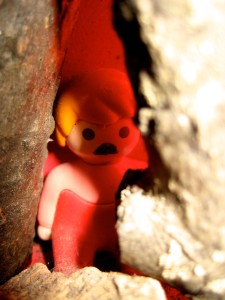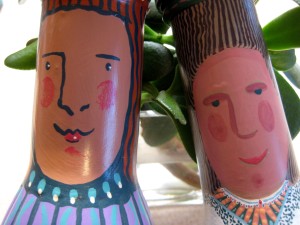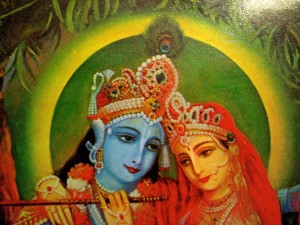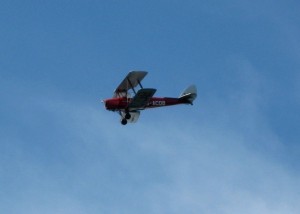
-Photo by Jan Ketchel
Yes, there really is a part of the self that simply is all about me. Born in childhood, this spark of me-ness is our earliest ego state that simply needs, wants, and expects to be given to. And at that stage of life this narcissism is healthy and necessary; it’s all about survival.
Fairly quickly the needs and expectations of powerful others require us to suppress our needs, delay gratification, and give as well as take—all technologies to form a mature adult ego. This socialization of the child ego state greatly curtails its self-centeredness, which slips into the shadows of the unconscious, hidden but hardly dormant. Polite as we might appear to be outwardly, inwardly or covertly the child still wants and gets, in some form.
In our time, new apps appear daily to rapidly cater to all our wants. In America our new president has become the poster child for entitlement. The child ego state has been freed from the shadows, its narcissism given full legitimacy as a national policy.
The wanting child has truly come of age. We are all being asked to grapple with our own wanting child ego state. However, in approaching this inner child ego state, we must be careful to distinguish between it and the many parts of the self that appear in the form of the child and are in fact not the child ego state, what I refer to instead as the child image. The child ego state itself is a universal non-personal inherited psychic structure much like a limb or any other part of the body which serves a necessary function in life. The function of the child ego state in young childhood is simply to procure, as it is too immature to give or care for itself. In contrast, the child image reflects the personal history of the personality’s unfolding in this life.
Often, an inner child image, not the child ego state, may represent a split off part of the self that was abused or neglected in childhood and had to be packaged up and stored away, often somewhere in the body, forgotten to the conscious mind. This part of the personality holds a memory that may be triggered into awareness by a current event, seeking some kind of recognition and reconciliation with the rest of the personality. This is not the wanting child, this is the traumatized child’s experience seeking peace through integration.
A symbolic child image is also frequently encountered in dreams of pregnancy, or simply having a child, which might represent the development of a new potential in the personality. Hence, one might decide to start a new career, enterprise, or relationship, all starting in an embryonic state, needing the conscious care of a parent/adult ego state to support and bring to fruition.
A dream variation on this theme might be finding oneself back in grammar school, high school, or college, having to learn something. Here, information or skills we missed in our formative years might need attention, asking our current adult ego state to humbly attend to an underdeveloped part of the self.
Having considered these other permutations of the child image self, we need to consider how best to deal with our structural child ego state. First, we should acknowledge that the child is the true home of innocence in the personality. This innocence has been extolled as the only state worthy of entering heaven.
Innocence approaches the world with curiosity and awe, unencumbered by preconceptions and rules. Of course, this innocence will be wounded by Buddha’s greatest discovery: life is suffering. No-one can escape the ultimate reality of old age, sickness and death. Nonetheless, under the tutelage of the adult ego state, “mature” innocence, that can remain open despite the vulnerabilities and inevitabilities of these truths, may find full expression in adult life.
As to the wants of the child ego state, these may be largely under the compulsive dominance of instincts, be it for food, power, stimulation, or attention. The challenge for the adult ego is to help its child ego state become free from the instinctive dominance of its basic needs so that they may be incorporated into adult life in a fulfilling way. Keep in mind that free will can only exist within the limits of consciousness, which is a function of the adult ego state. Beyond those limits there is the mere compulsion of the child ego state. For instance, a sexual impulse, delayed, might ultimately become the foundation of a real loving relationship versus a narcissistic release with a casual hookup. The adult ego state can reconcile and integrate the energy and power of human animal instinct with true relatedness and spiritual love.
The essential challenge with the demanding “I want” child self is to transform it to coexist with the legitimate needs of others. The child ego state dominating in adulthood is largely anachronistic, non-adaptive to a reality beyond “me.” To achieve fulfillment of wants, those wants must be channeled and transformed through the adult ego state that can navigate the world as it really is and find a home for all its deepest needs, within the greater self as well as in the world. That is recognition and reconciliation in maturity!
I want maturity,
Chuck





